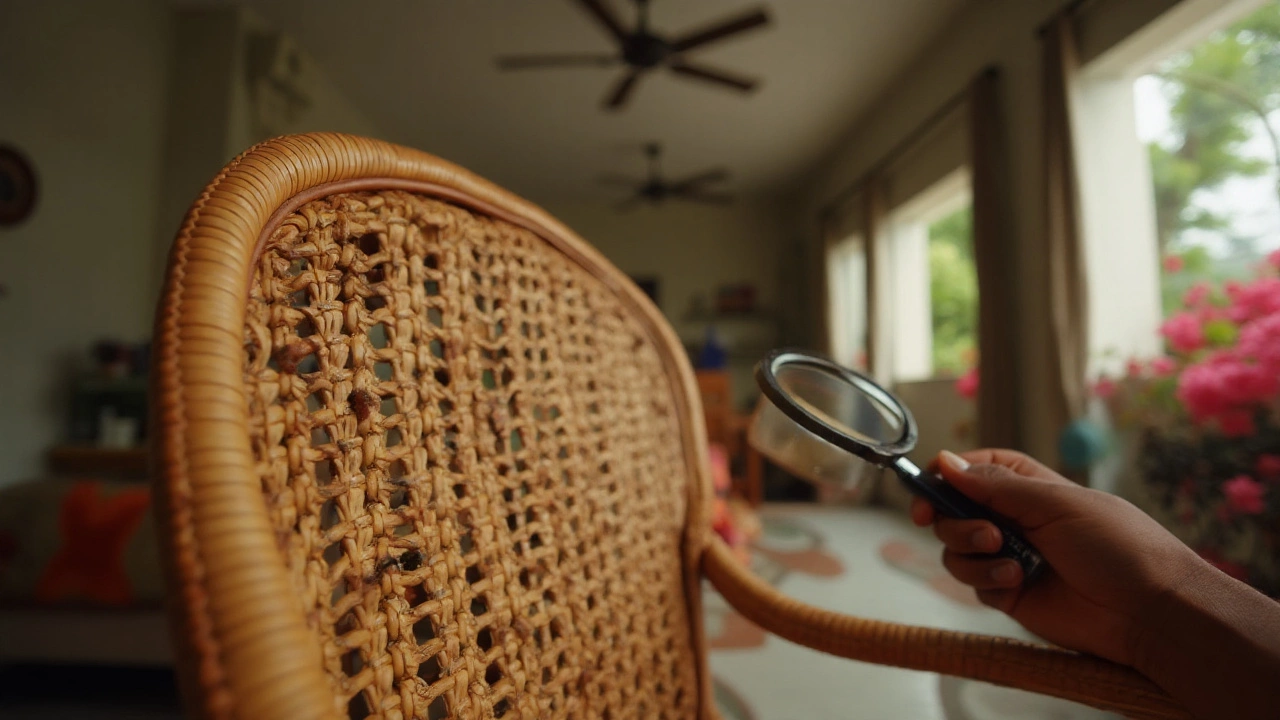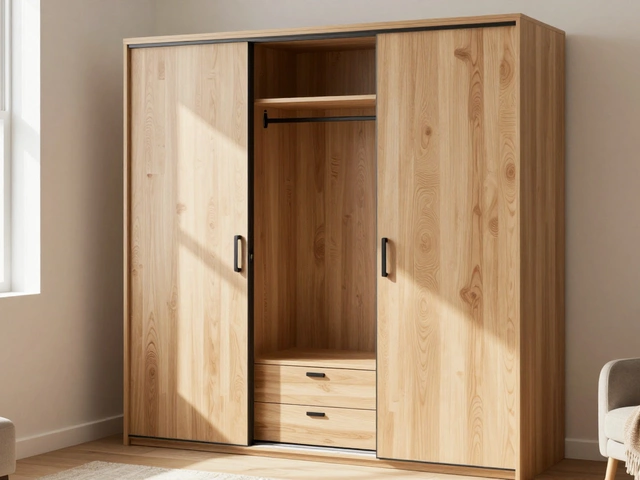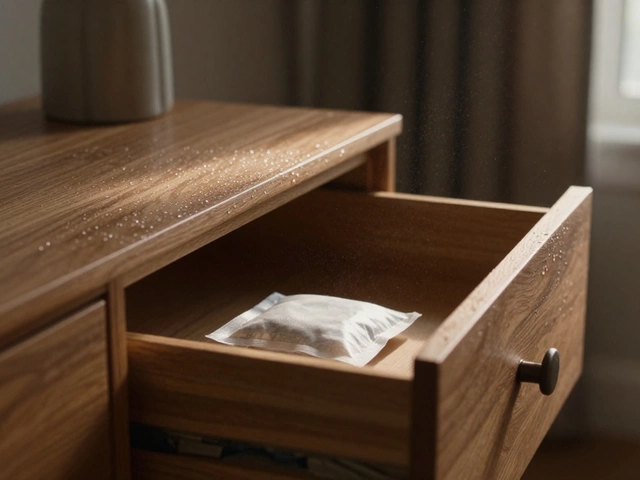Wicker Inspection: Spot Problems Before They Get Worse
Wicker chairs, tables or sofas can last years if you catch damage early. A quick inspection takes just five minutes and saves you money. Below we walk through the key things to check and what to do after you find an issue.
What to Look for During a Wicker Inspection
First, run your hand over the weave. Feel for any loose strands, sagging or gaps. Loose weave can turn into broken pieces if you sit on it. If you notice strands pulling out, tighten them with a small hammer or a nail set.
Next, check the frame. Most wicker sits on a wooden or metal frame. Look for rust, splinters or cracked wood. A rust spot can spread if you ignore it, so sand it down and apply a rust‑proof paint.
Sunlight can fade the color and weaken the fibers. Look at the surface for any pale patches or brittleness. If the wicker feels dry, a light mist of water and a gentle soap wash can restore some flexibility.
Water damage is the biggest enemy. Inspect the underside and any cushions. Dark stains, mold smell or soft spots mean the material soaked in. Dry the piece in a well‑ventilated area and consider a protective spray.
Finally, test the joints. Push gently on each leg or arm. Any wobble means a loose screw or a cracked joint. Tighten screws with a screwdriver; if a joint is cracked, use wood glue or replace the part.
Maintenance Tips After Your Inspection
Once you’ve fixed what you can, give your wicker a regular cleaning routine. Mix a few drops of mild detergent with warm water, dip a soft cloth, and wipe the surface. Rinse with a clean damp cloth and let it air dry.
Apply a UV‑protectant spray once a season if your furniture stays outdoors. This slows fading and keeps the fibers from becoming brittle.
Cover your wicker when not in use. A breathable tarp or fitted cover keeps dust and rain away without trapping moisture.
Store cushions in a dry place and rotate them every few months. This prevents uneven wear and keeps the seat comfortable.
Set a reminder on your calendar for a quick inspection every three months. A short look now stops a costly repair later.
With these steps, your wicker pieces will stay strong and look fresh for years. Keep an eye on the weave, the frame, and the finish, and you’ll enjoy beautiful, durable furniture without surprise breakdowns.
Can Bed Bugs Live in Wicker Furniture? Signs, Risks, and How to Treat It
Yes-bed bugs can live in wicker. Learn why wicker’s gaps are perfect harborage, how to spot signs, compare materials, and treat or prevent infestations.





